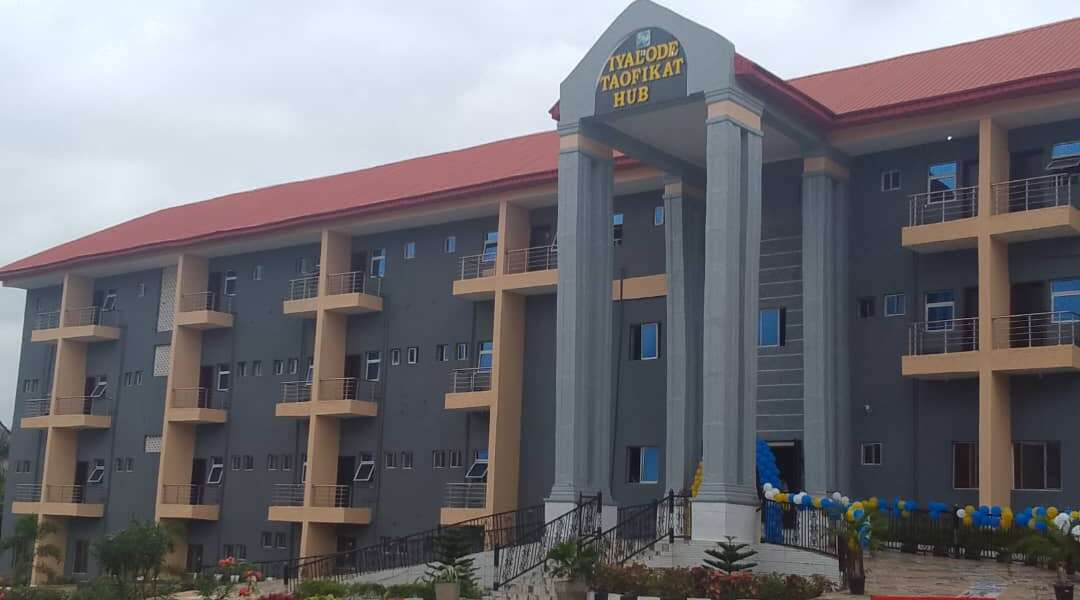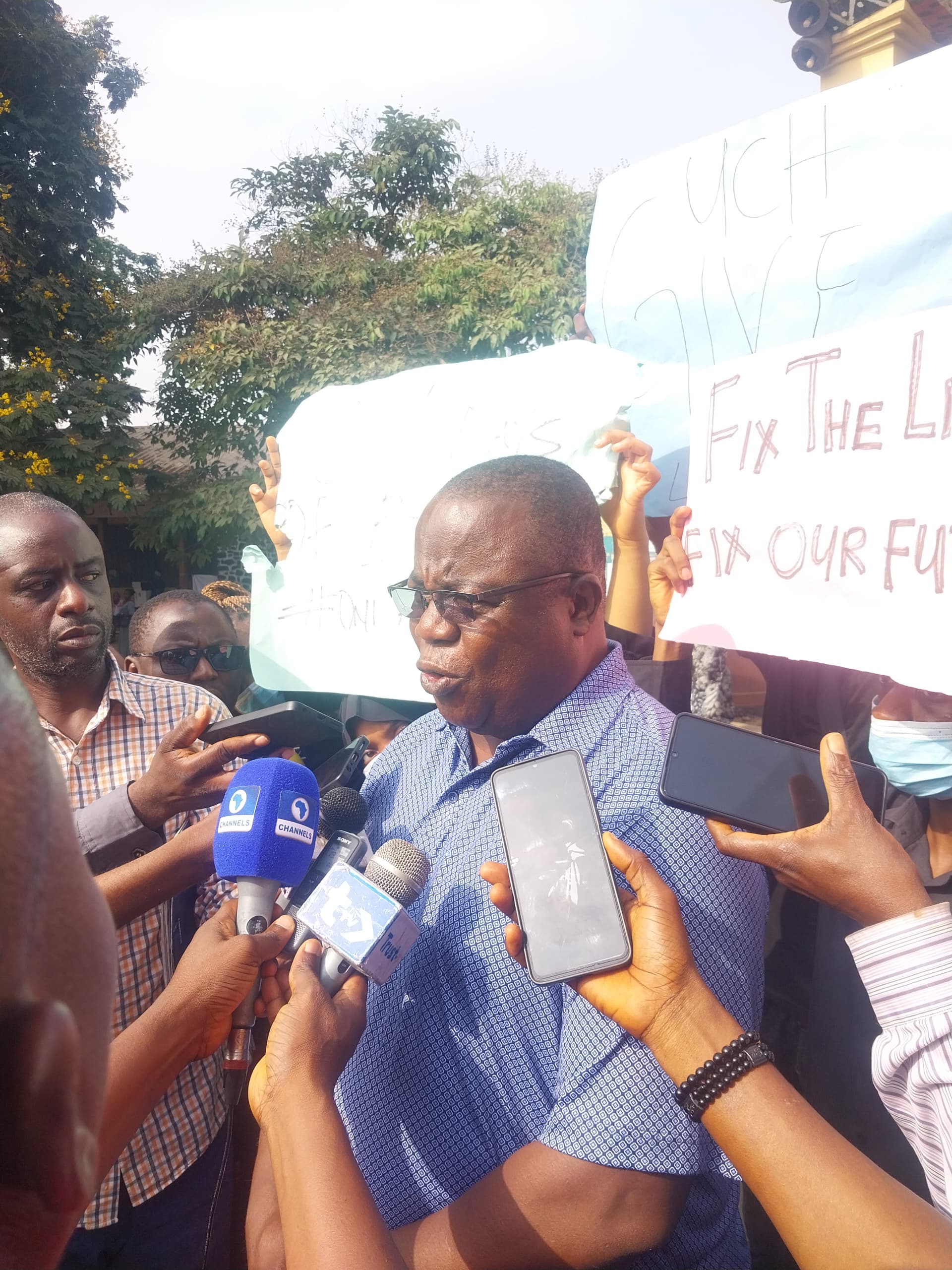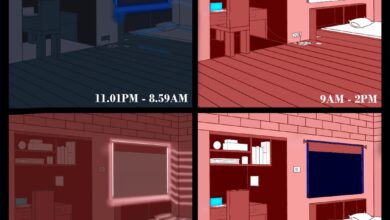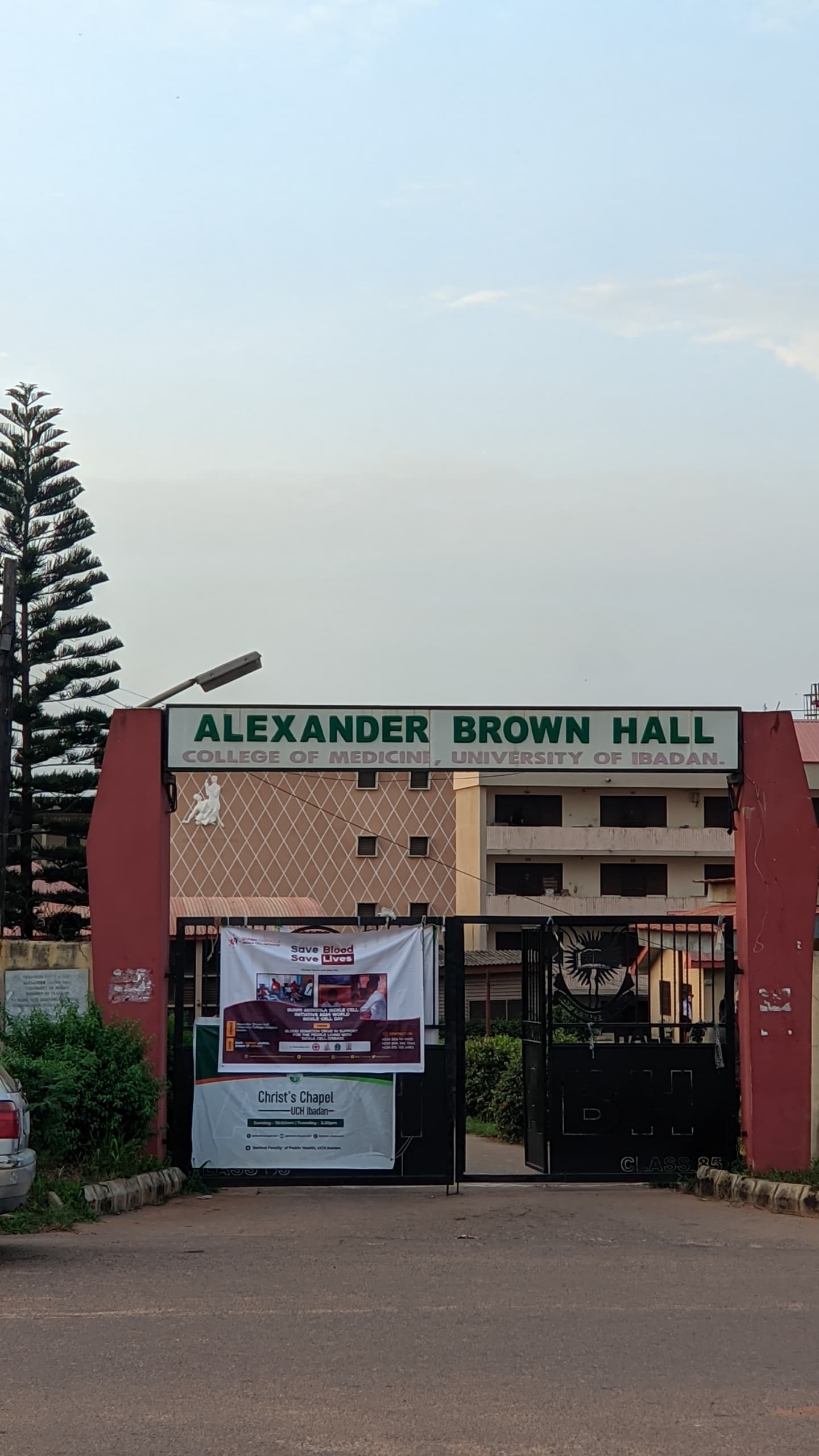UIMSAites and UItes, The Great Divide
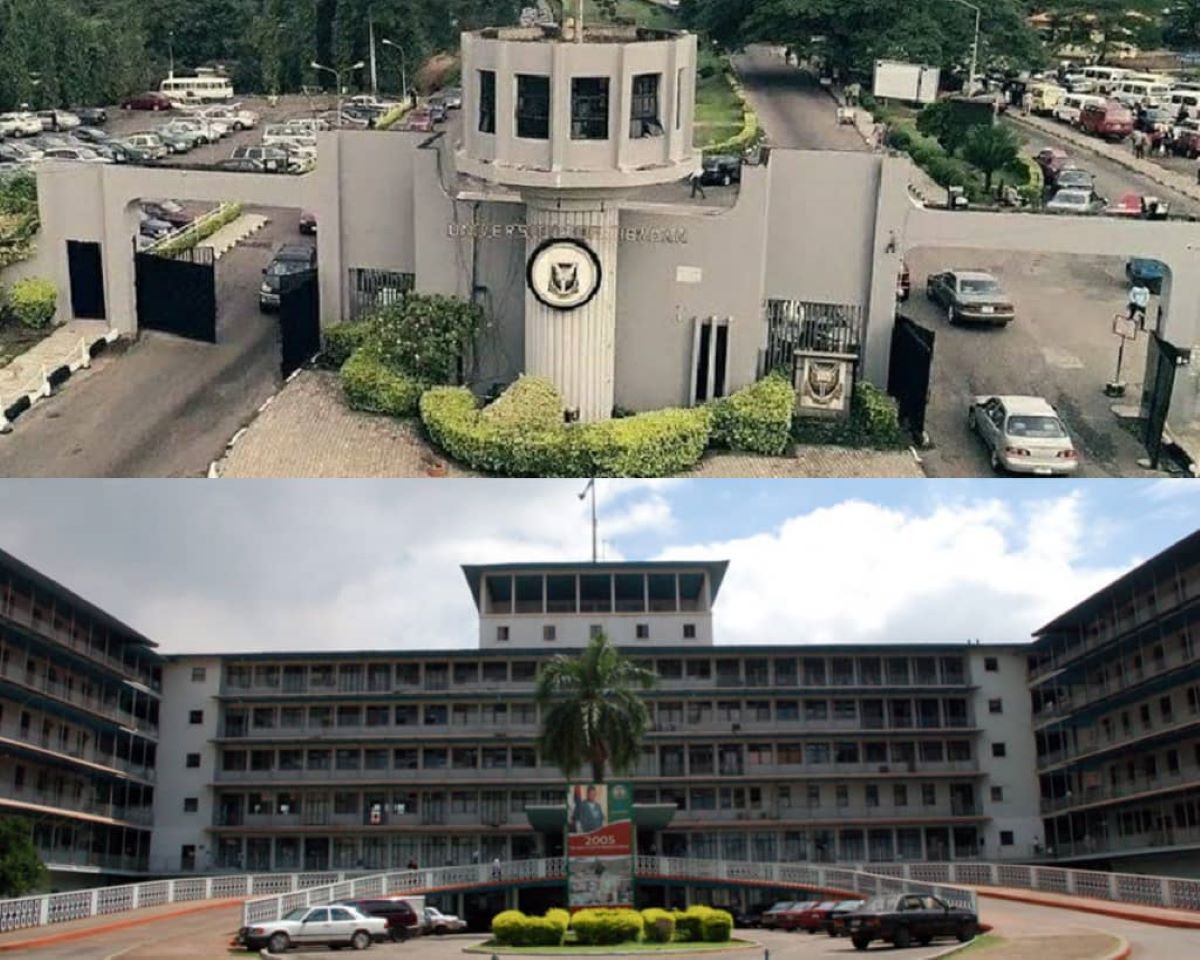
The lifestyle of every student at the university is unique. Individually, we navigate campus life, each of us carving out our paths amid a bustling campus filled with diverse disciplines. However, medical and non-medical students often find themselves on distinctly different academic trajectories within this shared environment. This is because medical students operate different academic calendars from the rest of the school.
The disparity in academic calendars between these groups can create a range of impacts, from academic pressure to social interactions and overall student well-being. Understanding these differences is crucial for fostering a more cohesive and supportive university community.
Usually following a demanding and protracted academic calendar, medical students experience fewer breaks, longer semesters, and intensive clinical rotations. This rigorous schedule is meant to provide students with the complete information and practical experience needed in the medical profession in a manner of learning that is constantly described as evidence-based. Non-medical students typically follow a more traditional academic calendar, with well-defined semesters, generous breaks in comparison, and a balanced mix of lectures, projects, and internships.
These opposite timetables present a range of possibilities and difficulties for medical students. In the University of Ibadan, many battle burnout and limited social connections due to the unrelenting pace and the move away from the main school campus at the end of their third year. Academic calendars also alter campus dynamics, influencing everything from student support services to resource allocation and event planning. This is their story.
False Perceptions and Preconceived Notions
We deny our love for stereotypes, but it is often convenient to lean towards them most of the time. A quick look at any Rae Timzy skit would educate you on some stereotypes about medical students, and although they are newest into the university, the 100-level students are not spared from these perceptions. A member of the 2k18 class and a former principal officer of the UIMSA Senate, spoke on this, saying. “There is already [a stereotype] in the minds of other people as to how a medical student is meant to behave or how they expect them to be.” She went on further to explain that sometimes before being approached by people, they would assume one was either proud, rude, or anti-social. “They would say you don’t have anything you love to do besides study. So, there is already that sometimes affecting how they behave”.
On the other hand, Okelue Patrick, the current Vice President of the Unibadan Association of Dental Students (UADS), a fifth-year, claimed that the divide was more noticeable during clinical school as opposed to his preclinical years. He noted important issues regarding the calendar, namely; the fact that exams are written at different times, which would affect group collaborations, as most important projects are postponed by UI students till after exams. “By that time, when they are ready, we are looking forward to writing the next End Of Posting Test (EOPT)”.
This is surprising, because while in 100 level, there is no separation between these students, everyone in the Faculty of Science has classes together in the CBN Lecture Theatre. It’s only upon moving to the 200 level that the academic separation truly begins. Despite this, the perception of difference still arrives earlier. Aside from GES classes, medical students don’t take classes with students from other departments, and that further deepens the divide. It is at this time that Segun, a photographer, currently in his fifth-year, believes that he noticed a separation between medical students and the rest of the students in other faculties. He explained that he observed the change in perception in 200-level. “Being inside did not matter, we were on a different session schedule from the rest of the school”, he said. In his case, moving on to UCH and living in ABH, has completely obliterated any sense of connection he has to UI.
Extracurriculars
A phenomenon common to UIMSA and other student bodies is one of students trying to seperate themselves via extracurriculars, making a name for themselves outside academics. For a number of UIMSAites, this eventually translates to taking up leadership roles. A notable example of this is Olamide Omotunde, the outgone UI Student Representative Council (SRC) Speaker.
For the most part, there are worries about the level of availability of medical students in these leadership roles due to the tasking nature of their studies. When people eventually overlook this, there’s then the expectation of execution. Students expect an outstanding job from medical students, equating the number of years spent in schol – the most for any undergraduate course – with accumulated leadership experience.
David Akinjare, a member of the 2k24 Class, who serves as the Vice President of the Asido Campus Network, UI, and erstwhile President of The Kenneth Mellanby Literary and Debating Society, among others opines accordingly. For him, spending more years in the university has led to an openness to try new things and take up more roles than the average student would. “I wanted to get a more rounded sense of the university experience and looking back I can say it was and has been an interesting journey” He also said that the differing schedules made the management of the various leadership roles he possessed stressful and difficult but in the long term he believes that it has taught him to balance his time better, and helped him work on time and team management.
A separate means by which UIMSAites distinguish themselves is with their side hustles. Here, we have businesses extending across different disciplines. Segun, who is into photography, began his business prior to becoming a clinical student. He explained that building a large clientele in that time was very difficult, especially in 2021, when COVID-19 restrictions were in place across halls. As such, in person communications were difficult. “All my clients from school were classmates for the most part” he said. With the separation extending from classes to halls, Segun became one of many medical students whose interactions with non-medical students became further limited. And by the time the school session had normalized, he had exams. In his words “I did not have time for anything other than that. I still see that time as opportunity lost.”
UI’s Shortening Calendar
The University currently runs an eleven week calendar, compared to the thirteen week calendar she used to run. Her motive? Catching up with other universities. It’s a move that seems set to deepen the divide even further.
Bearing a look of concern, Segun says, “UI is trying to shorten their sessions to catch up with time lost, but here things are fixed. It is tough.” He fears that if this keeps on, the school calendar might move ahead of the medical student’s calendar and further increase the number of students that graduate before him solely because they have shorter years of study. Patrick, who also shares this sentiment, gives context. He explains that the first professional exams had always been scheduled for the first semester, but lately, “recent classes have been writing their exams in the second semester due to different reasons and as such have had to deal with GES exams during their MB preparation”. Patrick notes that the disparity in calenders already affect new clinical students. Saying “ The discordance in the calenders already affect accommodation of new clinical students, and speeding it up further is bound to make it worse.”
Conclusion
The separation between medical and non-medical students reflects a wider variety of experiences and challenges than a difference in academic calendars. Notwithstanding these variations, the school community has great potential for mutual understanding and support. Dispelling preconceptions and creating an environment in which every student, from whatever their academic route, feels appreciated and understood is essential. The university may build a more inclusive and united community by realizing and correcting these differences.
In the end, the different paths medical and non-medical students travel enhance the variety of the university. Accepting these variations might result in a more vibrant campus where every student has chances to flourish and significantly contribute to the legacy of the university.
Moboluwarin Ogunleye

